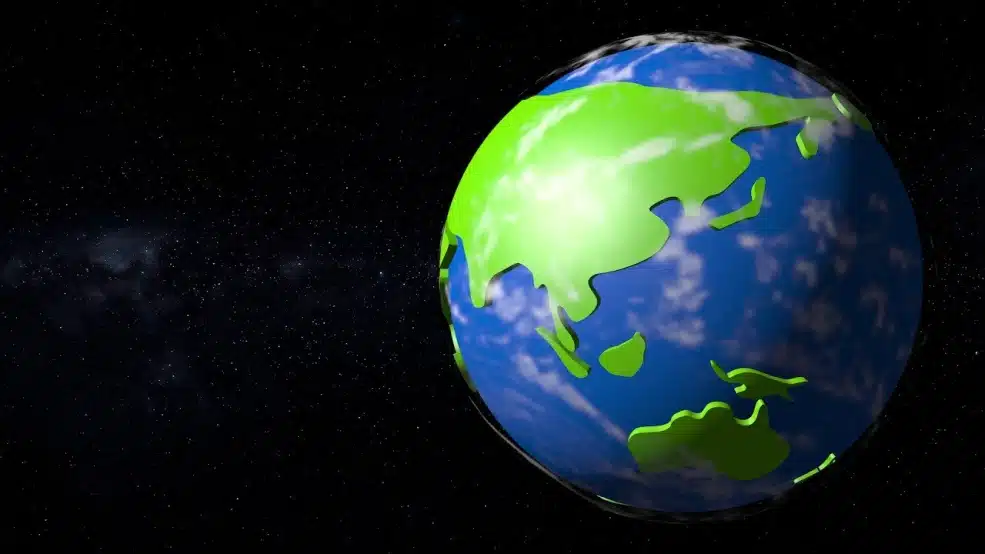Clipart has become an essential part of digital media, providing a quick and easy way to enhance presentations, websites, social media posts, and more. Whether you’re a professional designer or a casual user, understanding the ins and outs of clipart can significantly improve your visual content. In this comprehensive guide, we will delve deep into what Cliparthjoadbutp9i= Globe is, its history, types, uses, and best practices for incorporating it into your projects.
What is Clipart?
Clipart refers to pre-made images that can be used in a variety of digital and printed materials. These images range from simple illustrations to more complex graphics and are typically used to add visual interest to documents, presentations, and websites. Clipart can be found in many formats, including PNG, JPEG, SVG, and GIF, each serving different purposes based on the needs of the user.
The History of Clipart
The concept of clipart dates back to the early days of desktop publishing in the 1980s. During this time, clipart was primarily distributed on floppy disks and CDs, providing a library of images that users could incorporate into their projects. As technology evolved, so did clipart, transitioning from physical media to online platforms where users can easily access and download images from vast databases. The rise of the internet has made clipart more accessible than ever, with countless free and paid resources available to users worldwide.
Types of Clipart
Clipart comes in various forms, each suited for different purposes:
1. Vector Clipart
Vector clipart is composed of paths, making it scalable to any size without losing quality. This type of clipart is ideal for logos, icons, and any design that requires resizing. Common formats for vector clipart include SVG, AI, and EPS.
2. Raster Clipart
Raster clipart is made up of pixels, which means it can lose quality when scaled up. However, it is often more detailed than vector clipart, making it suitable for photographs and intricate designs. Popular raster formats include PNG, JPEG, and GIF.
3. Animated Clipart
Animated clipart consists of moving images, often in GIF format. These are widely used in social media and email marketing to grab attention and add a dynamic element to the content.
4. Line Art
Line art is a simplistic form of clipart that uses only lines to create images. This type of clipart is often used in instructional materials and technical illustrations due to its clarity and ease of reproduction.
5. Icon Sets
Icon sets are collections of related icons that share a common theme or style. These are especially useful in web design and user interfaces, where consistency is key.
How to Use Clipart Effectively
Using clipart effectively can significantly enhance the quality of your work. Here are some tips for making the most out of clipart:
1. Choose the Right Format
Selecting the appropriate clipart format is crucial. For projects that require scalability, vector clipart is the best choice. For more detailed images, raster clipart may be more suitable. Understanding the strengths and limitations of each format will help you make the right decision.
2. Maintain Consistency
When using multiple clipart images in a single project, ensure that they share a similar style and color scheme. This consistency will create a cohesive look and feel, making your work appear more professional.
3. Consider Licensing
Before using any clipart, it’s essential to check the licensing agreement. Some clipart is free to use, while others may require attribution or a commercial license. Always ensure you have the right to use the clipart in your specific project to avoid legal issues.
4. Avoid Overuse
While clipart can enhance your work, overusing it can make your project look cluttered and unprofessional. Use clipart sparingly and only when it adds value to your content.
5. Customize When Possible
Many clipart images can be edited to match your specific needs. Adjusting colors, adding text, or combining multiple images can help you create a unique design that stands out.
Where to Find High-Quality Clipart
Finding high-quality clipart is easier than ever, thanks to the numerous online resources available. Here are some of the best places to find clipart:
1. Free Clipart Websites
Several websites offer free clipart for personal and commercial use. Some popular options include:
- OpenClipart: A vast collection of free, public domain clipart.
- Pixabay: Offers high-quality clipart along with photos and illustrations.
- Clipart Library: A large database of free clipart images in various categories.
2. Paid Clipart Resources
For those willing to invest in premium clipart, there are several paid resources that offer high-quality images and exclusive designs:
- Shutterstock: Provides a massive library of clipart along with photos, videos, and music.
- Adobe Stock: Offers clipart that integrates seamlessly with Adobe Creative Cloud applications.
- iStock: A popular choice for professionals looking for unique and high-quality clipart.
3. Custom Clipart
If you can’t find the perfect clipart, consider commissioning a custom design. Many freelance graphic designers and agencies offer custom clipart services, allowing you to get exactly what you need for your project.
Clipart in Different Industries
Clipart is used across various industries for different purposes. Here are some examples:
1. Education
In the education sector, clipart is commonly used in worksheets, presentations, and educational materials to make content more engaging for students. Teachers often use clipart to visually represent concepts and ideas, making it easier for students to understand and retain information.
2. Business
Businesses use clipart in presentations, marketing materials, and websites to convey information quickly and effectively. Clipart can help illustrate points, break up text, and make content more visually appealing.
3. Design and Advertising
Graphic designers and advertisers often use clipart to create logos, advertisements, and other marketing materials. Clipart can save time and resources, allowing designers to focus on other aspects of the project.
Future of Clipart
As technology continues to evolve, so will clipart. The rise of artificial intelligence and machine learning is expected to bring about more sophisticated and customizable clipart options. We can also expect to see an increase in 3D clipart and augmented reality elements, further expanding the possibilities for visual content.
Conclusion
Clipart is an invaluable tool in the world of digital media, offering a quick and easy way to enhance your projects. By understanding the different types of clipart, how to use it effectively, and where to find the best resources, you can significantly improve the quality of your visual content. Whether you’re a teacher, business professional, or graphic designer, clipart can help you communicate your message more clearly and engagingly.

